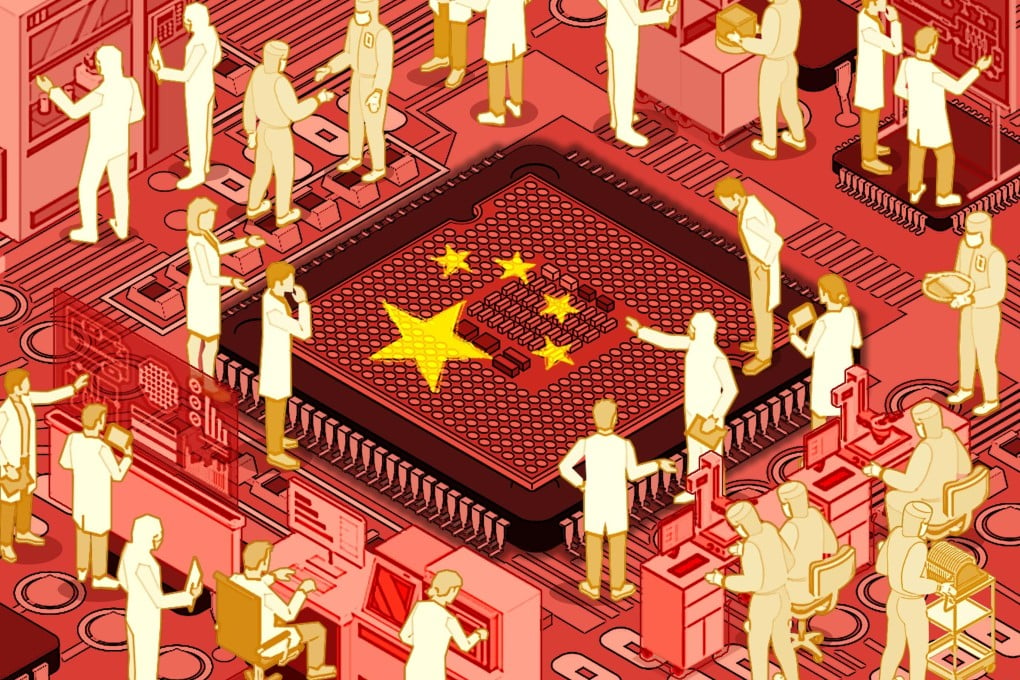Can China find a way around US restrictions on hi-tech computer chips?
As Washington moves to close loopholes, how will Chinese leaders secure access to the technology destined to power the future?

The story of how Chinese scientists overcame technological containment efforts by the Soviet Union and the United States to develop nuclear weapons in the 1960s has long been a textbook staple in China, but analysts caution that today’s hi-tech hurdles could be harder to surmount.
Until recently, a return to such technological isolation seemed inconceivable to younger Chinese brought up during an era of globalisation.
Those restrictions are centred on the high-end semiconductors that form the heart of modern technology, and because it is an area in which China is highly dependent on the US, the challenges are unprecedented. They also extend beyond the hardware itself, because such chips are the engines that will power key sectors of the future – from artificial intelligence to quantum computing.
This time, China might never fully break through the “high fence” erected by the US and its allies, analysts said.
This is something that China cannot obtain now, or in the foreseeable future, so it is completely impossible to have an advantageous status
